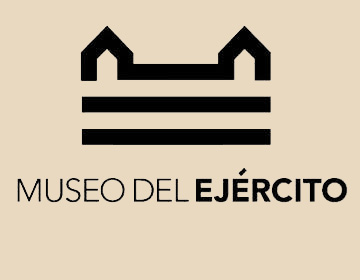Architecture
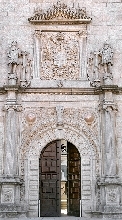
- Architecture
The collection of “Architecture”- which would fall within the Fine Arts-, although small in numbers, is valuable on account of its structural elements as it is made of miscellaneous pieces, some of them found inside the Alcázar building (which, as content-container, reveals itself as the best example of refurbished sixteenth century’s architecture), like the unearthed fragments of granite and marble. Noteworthy among these architectonic remains of the sixteenth and seventeenth centuries’ Alcázar are some stone holdings, like capitals, cornices or arch remnants, ornamented with floral motifs. It is worth mentioning the high relief depicting a king of arms, also called “macero” (mace bearer), which probably framed some of the Alcázar’s gateways and symbolized the patronage of royal power by dint of heraldic motifs.
Other pieces come from totally different sources. Remarkable instances of those are the twelfth century’s pinnacle top of the Oviedo cathedral or the sixteenth century’s pile belonging to the bridge over the Scheldt river in Antwerp, commissioned by Alexander Farnese. Another notable brick fragment is the one that was once part of the fort of Caney in Santiago de Cuba, where 500 Spanish soldiers, under the command of general Joaquín Vara de Rey, were tasked with the protection of Santiago’s northwest flank against the American invasion in 1898. Or a piece of the Berlin Wall of 1961; and even some bricks that used to belong to the barracks in Durbrovka, which are accompanied by a photograph from the División Azul collection that shows the remains of the old building where Russian held their positions.
Images
-
Capitel corintio del Alcázar (S. XVI )
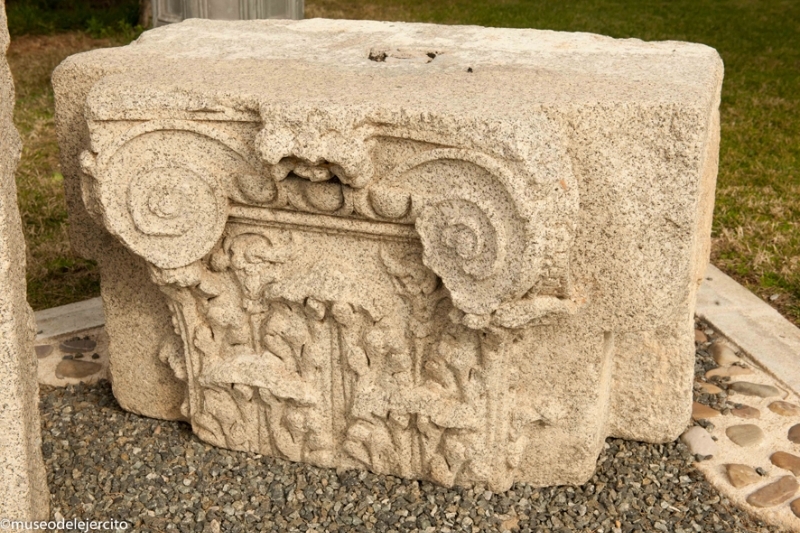 Arquitectura
Arquitectura -
Yacimiento arqueológico musealizado
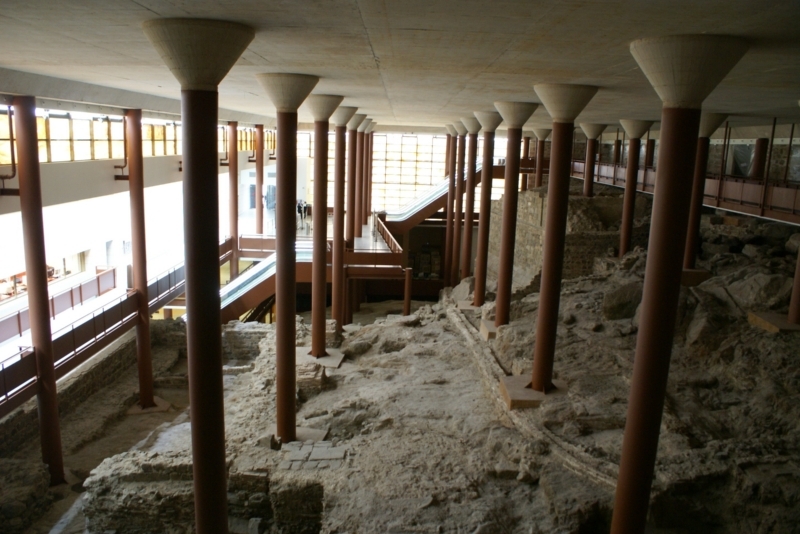 Edad de bronce-Edad media
Edad de bronce-Edad media -
Macero del Alcázar (S.XVI)
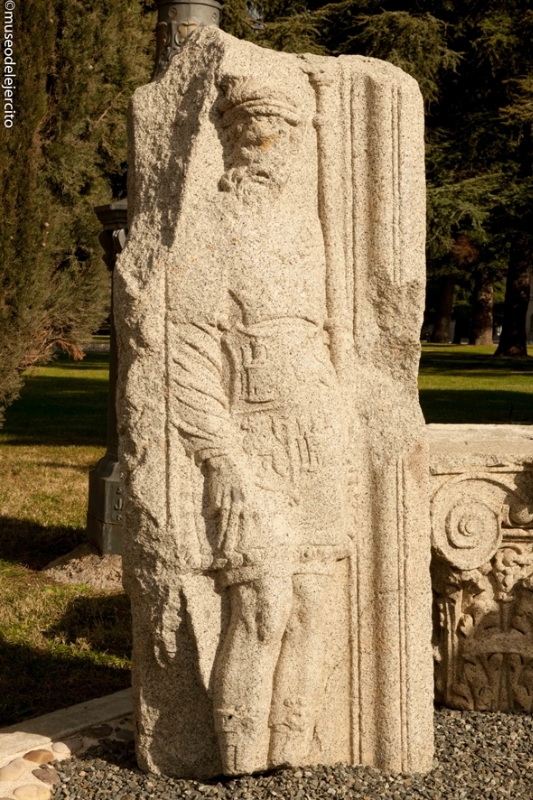 Arquitectura
Arquitectura -
Torreón Trastámara ( S. XIV-XV )
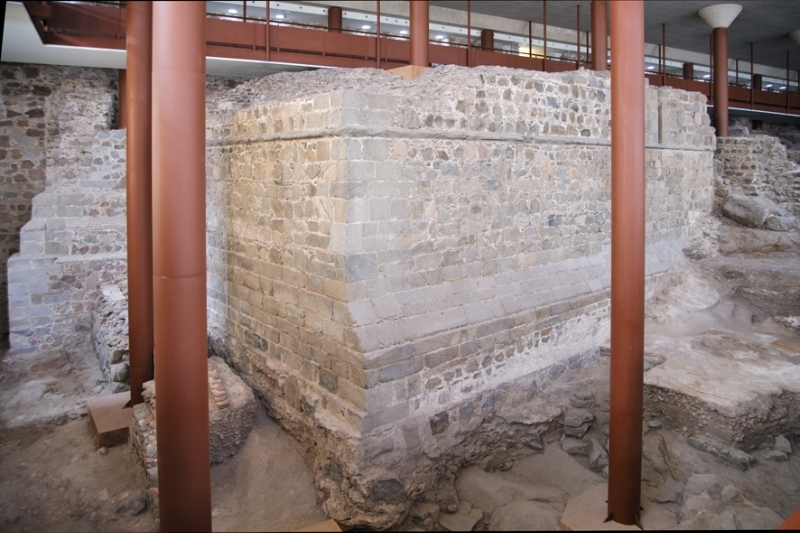 Arquitectura
Arquitectura
